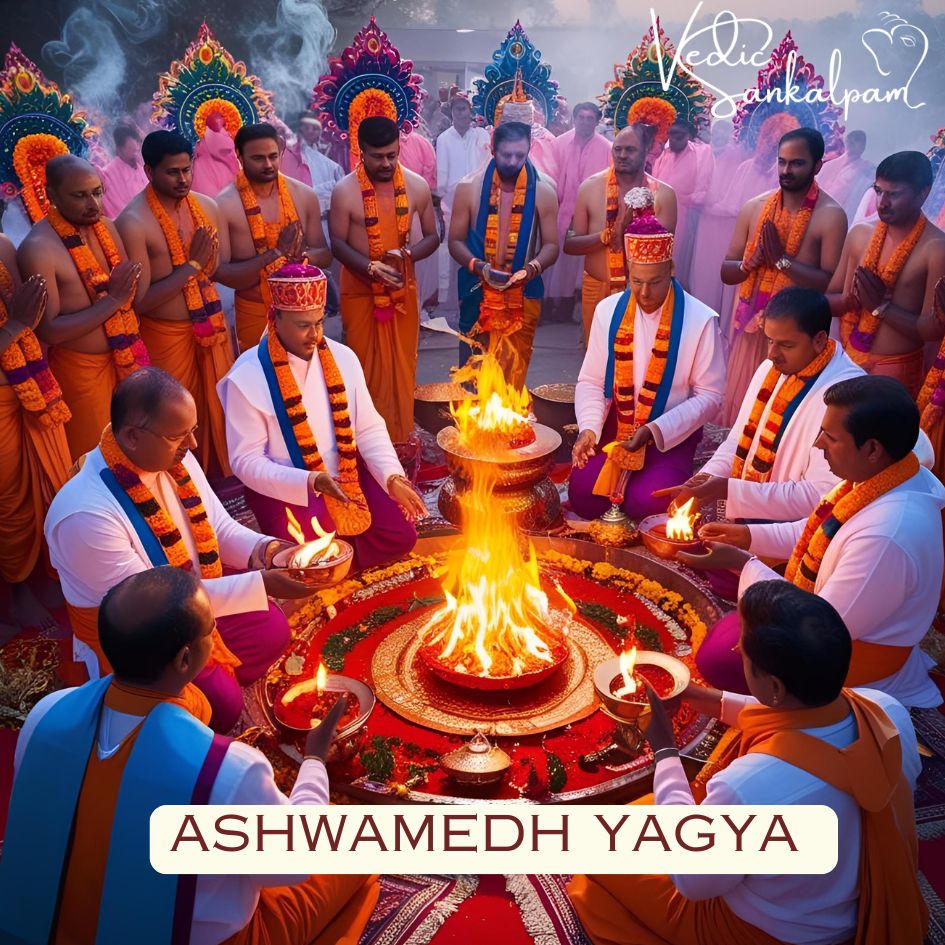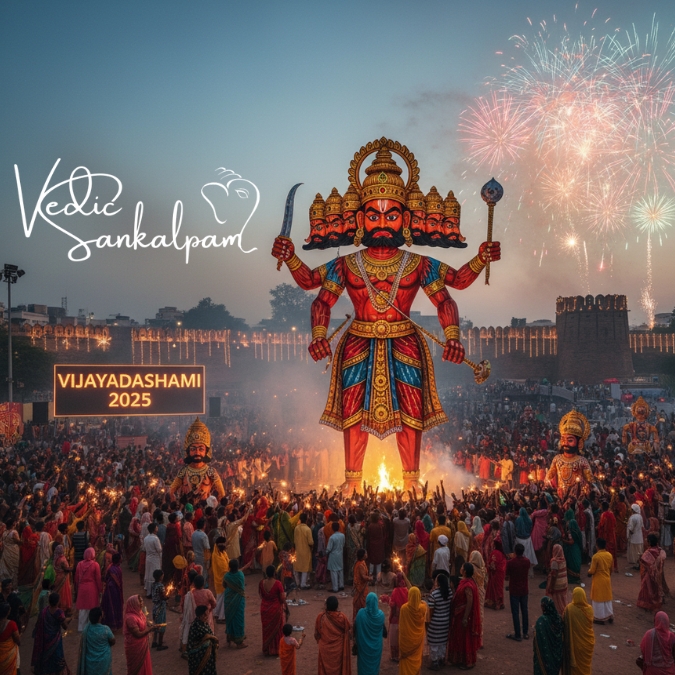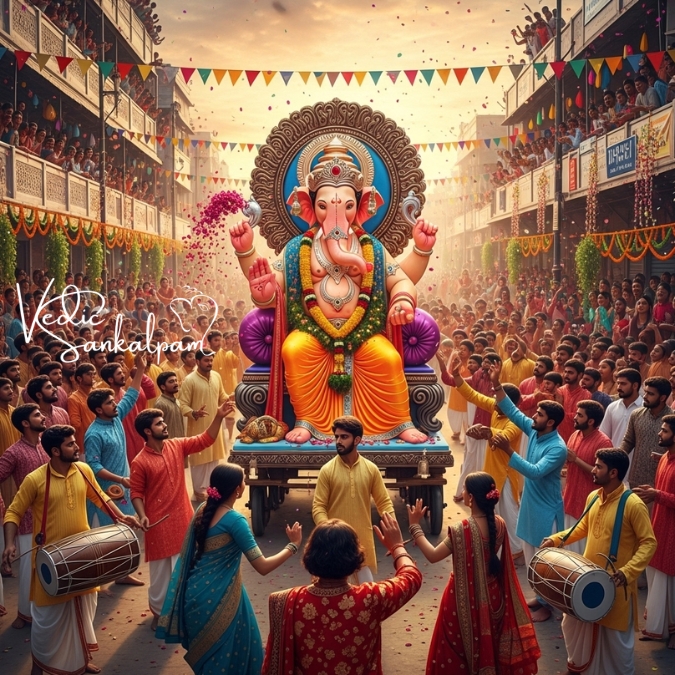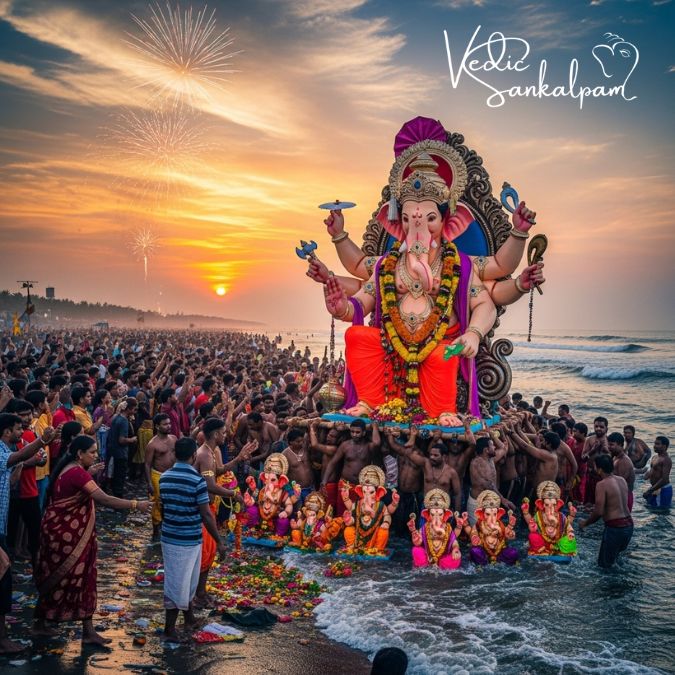Introduction to Ashwamedh Yagya
The Ashwamedh Yagya is one of the most powerful and ancient rituals found in the Vedic tradition. Mentioned extensively in sacred Hindu scriptures such as the Rigveda, Ramayana, and Mahabharata, this grand yajna (sacrificial rite) was performed by powerful kings to assert their supremacy, ensure prosperity, and seek divine blessings for sovereignty and expansion of their kingdoms.
The term “Ashwamedh” is derived from Sanskrit, where “Ashwa” means horse and “Medh” refers to sacrifice or offering. Thus, Ashwamedh Yagya literally translates to the “Horse Sacrifice Ritual”.
Historical Significance of Ashwamedh Yagya

Historically, the Ashwamedh Yagya was more than a religious rite—it was a political, spiritual, and social statement of immense importance. This ritual was conducted by emperors who sought to establish their unchallenged dominion over other kingdoms. If no rival opposed the ceremonial horse that wandered into their territory, the supremacy of the performing king was accepted.
Prominent rulers like Lord Rama of Ayodhya and Yudhishthira of Hastinapur performed the Ashwamedh Yagya to celebrate their victories and legitimize their rule.
Purpose and Objectives of Ashwamedh Yagya
The primary objectives of the Ashwamedh Yagya include:
-
Asserting the king’s supremacy over surrounding kingdoms.
-
Expanding the territory through peaceful recognition or battle.
-
Appeasing the deities for prosperity, fertility, peace, and protection.
-
Spiritual purification of the ruler and the realm.
-
Demonstrating the economic strength and generosity of the monarch.
This yagya was not performed frequently due to the immense cost, manpower, and resources required. It demanded absolute political control, as any opposition during the process was seen as a declaration of war.
Detailed Procedure of Ashwamedh Yagya
The Ashwamedh Yagya follows a strictly codified procedure as outlined in various Brahmana texts and Vedic manuals. The process includes multiple stages:
1. Selection and Release of the Horse
A sacred, unblemished white stallion was chosen. This horse was consecrated through mantras and rituals, then released to roam freely for one year. It was accompanied by a royal army, ministers, and priests to monitor its journey and ensure its protection.
2. Conquest and Recognition
Any kingdom where the horse wandered had two choices:
-
Accept the supremacy of the king by allowing the horse to pass unchallenged.
-
Challenge the king’s authority by capturing or stopping the horse, leading to battle.
This phase tested the military and diplomatic prowess of the ruling monarch.
3. Return and Sacrificial Rituals
After a successful year-long campaign, the horse was brought back. The main sacrificial rituals took place in a grand ceremonial arena built specifically for the yagya. This phase was divided into:
-
Preparatory rites, involving purification of the space, installation of sacred fires, and invocation of Vedic deities.
-
Public and private ceremonies, including symbolic gestures of donation, chanting of hymns, and dramatic reenactments of cosmic events.
-
The sacrificial culmination, where the horse was ritually sacrificed, often symbolically in later times, especially post-Buddhist and Jain influence.
4. Distribution of Wealth and Charity
Following the main event, the king offered lavish gifts to Brahmins, sages, poets, and citizens. This act reinforced the king’s dharma (righteous duty) and his role as a benevolent protector.
Ashwamedh Yagya in Epics and Scriptures
In the Ramayana
After defeating Ravana and returning to Ayodhya, Lord Rama performed the Ashwamedh Yagya to purify himself of any sins incurred during battle, and to establish his divine rule.
In the Mahabharata
Yudhishthira, the eldest Pandava, conducted the yagya following the Kurukshetra war. Guided by Lord Krishna, he used it to restore his sovereignty, reconcile with defeated kings, and bring stability to the kingdom.
Symbolic Interpretation of Ashwamedh Yagya
Beyond its literal execution, the Ashwamedh Yagya holds deep metaphysical and symbolic meanings:
-
The horse represents the mind, which must be freed to wander without restraint before being brought under control.
-
The sacrifice signifies ego-surrender—offering the individual self to the universal consciousness.
-
The ritual embodies the cyclical nature of life and cosmic order (Rta).
In this sense, the Ashwamedh is not merely a royal performance, but a spiritual metaphor for self-realization and ultimate liberation (moksha).
Modern Relevance and Revival of Ashwamedh Yagya
In contemporary times, Ashwamedh Yagyas are symbolically recreated by spiritual organizations to promote peace, environmental harmony, and global consciousness. These modern interpretations are non-violent, emphasize collective meditation, chanting of Vedic mantras, and mass participation in spiritual upliftment.
Notable spiritual figures like Yug Purush Paramhans Acharya Shri 108 Swami Pranavanand Ji Maharaj and Pujya Swami Chidanand Saraswati Ji have organized symbolic Ashwamedh Yagyas to revive Vedic traditions and foster global awareness.
Cultural and Sociological Impact
Ashwamedh Yagya left an indelible mark on Indian society and governance:
-
Promoted the idea of a central sovereign authority.
-
Encouraged diplomatic relationships through peaceful recognition of supremacy.
-
Strengthened religious and cultural unity via shared Vedic values.
-
Provided a platform for art, music, scholarship, and literature to flourish.
Criticism and Ethical Concerns
While revered, the ritual has faced criticism, especially from animal rights perspectives and non-Vedic schools. Reform movements and spiritual reinterpretations have transformed the literal horse sacrifice into a symbolic offering, focusing on internal spiritual purification rather than external conquest.
Conclusion
The Ashwamedh Yagya stands as a majestic ritual of immense historical, political, and spiritual importance. It showcases the brilliance of Vedic culture, the vision of ancient Indian kings, and the transcendental goals of Sanatana Dharma. Today, its symbolic legacy continues to inspire those on the path of truth, righteousness, and unity.







